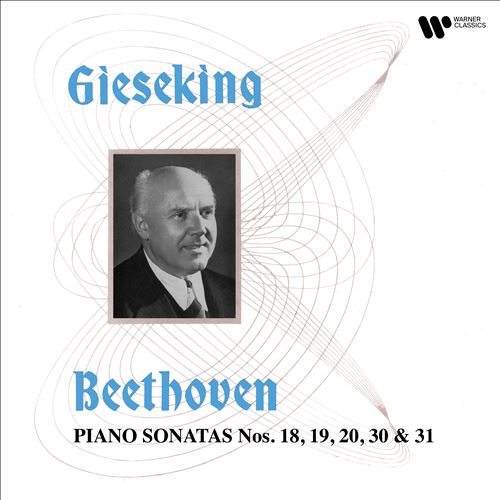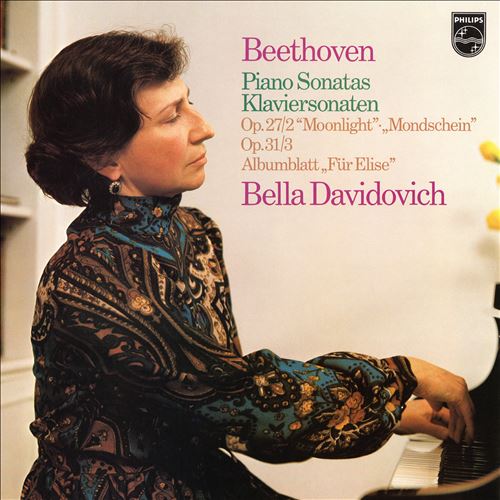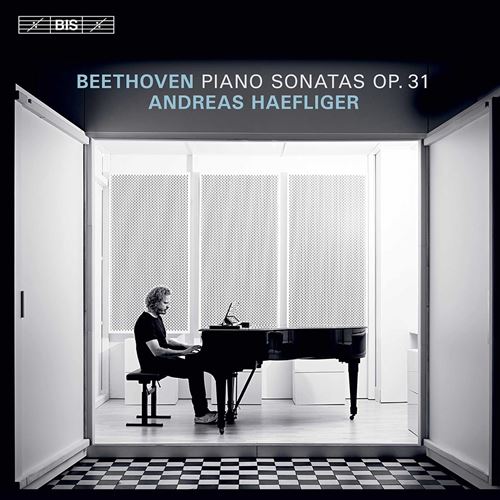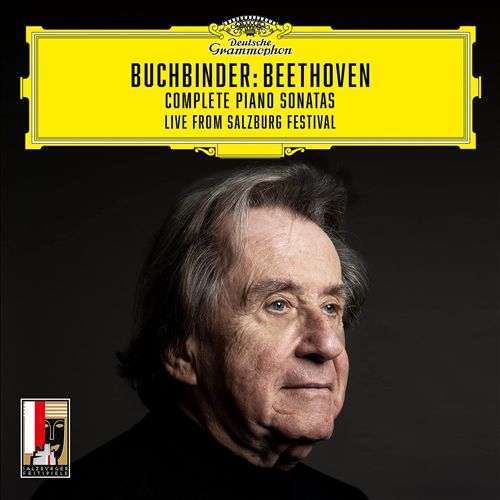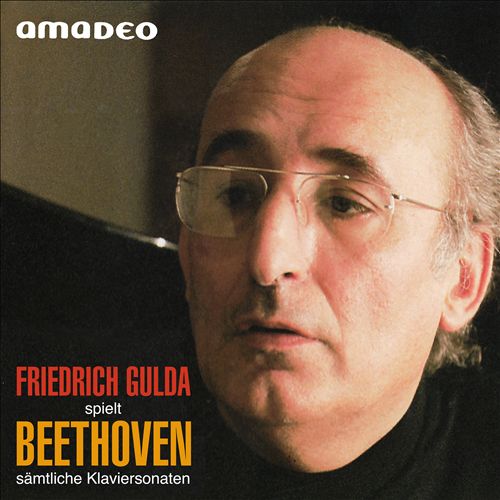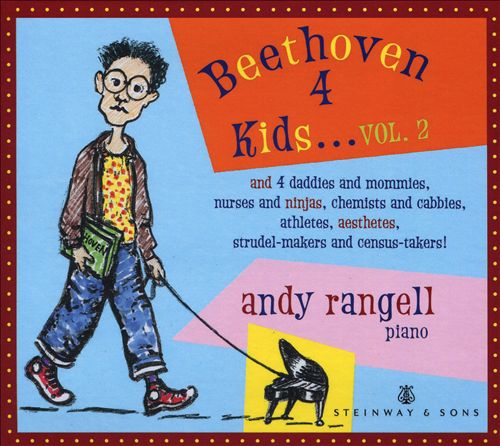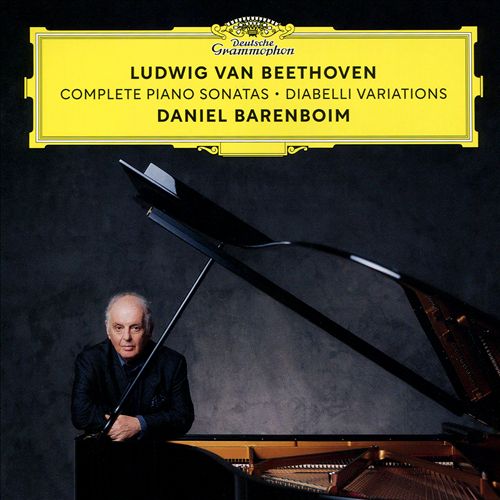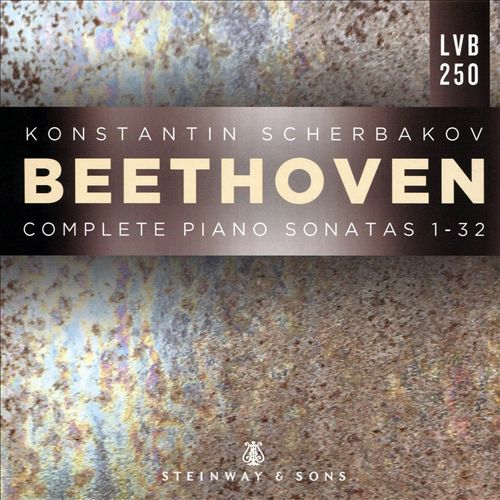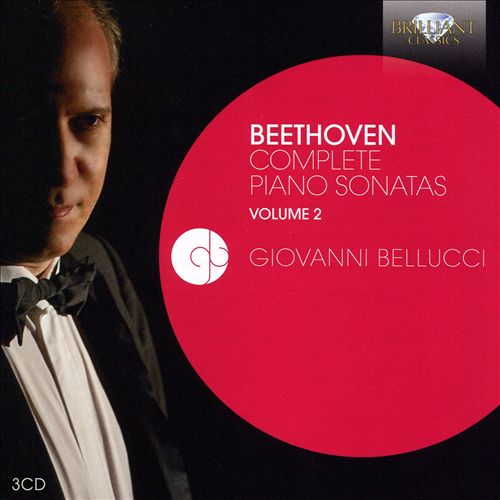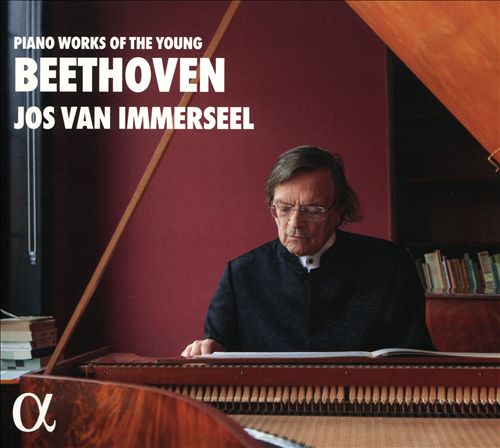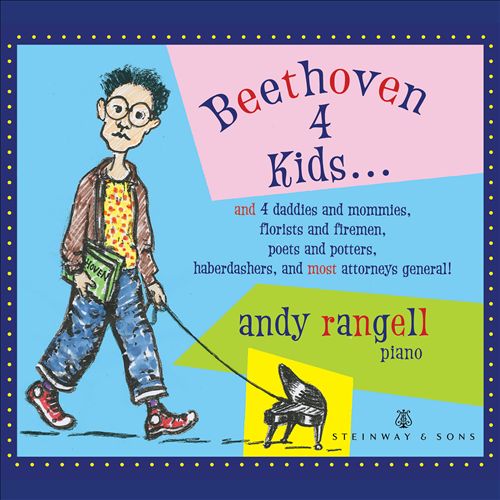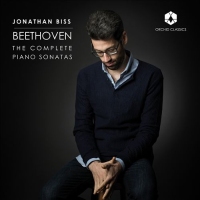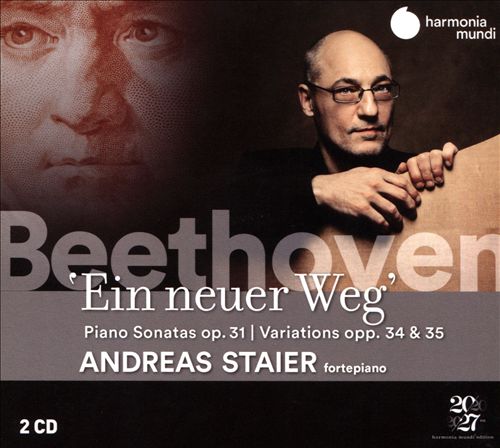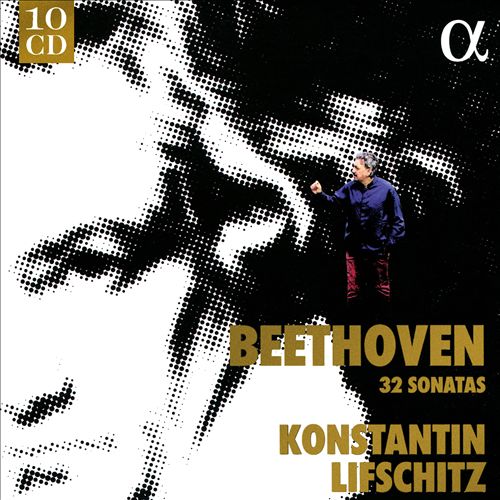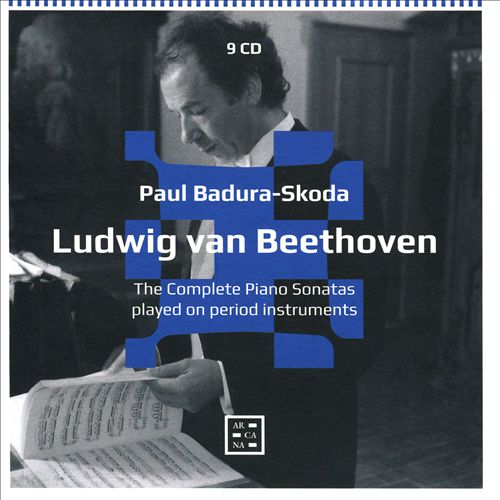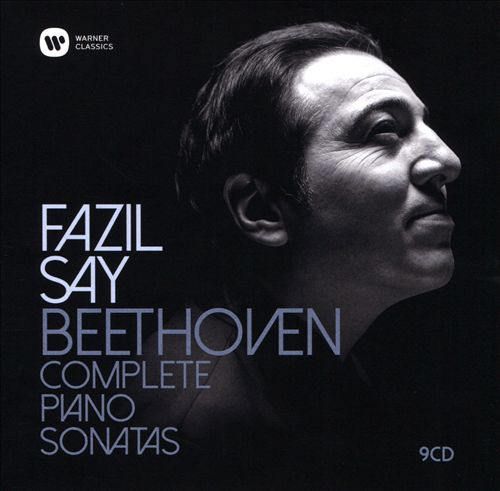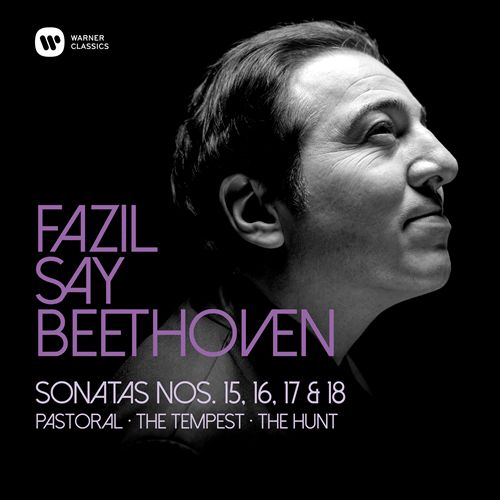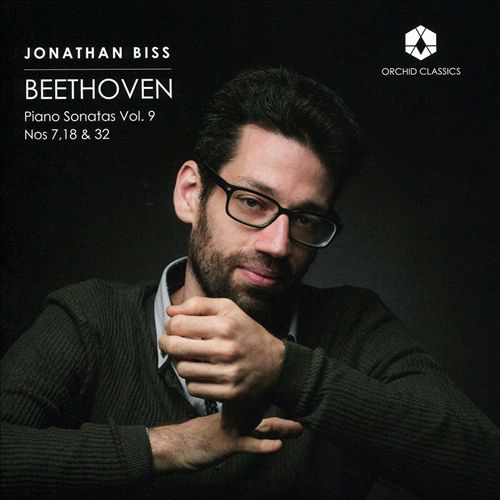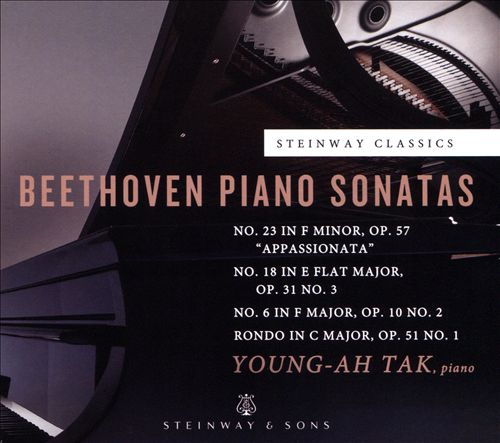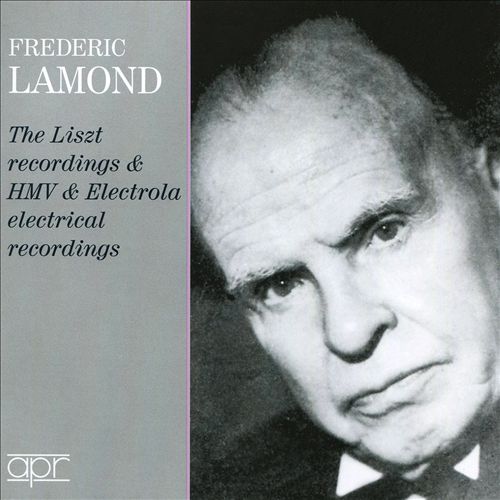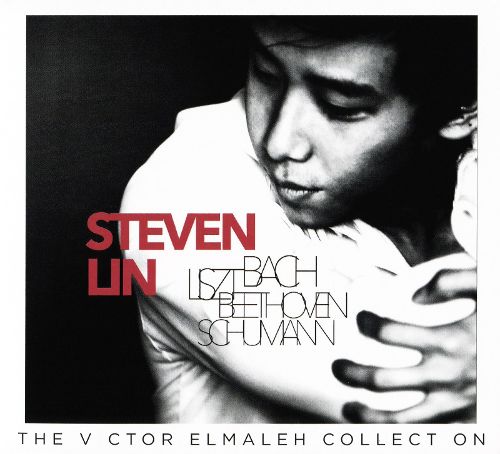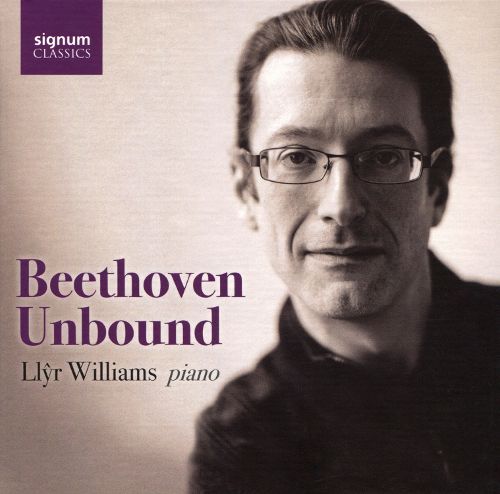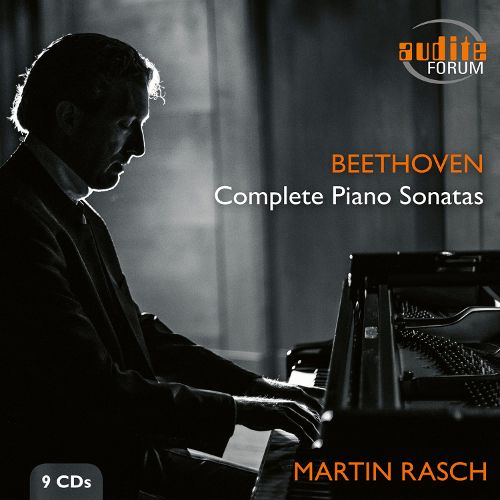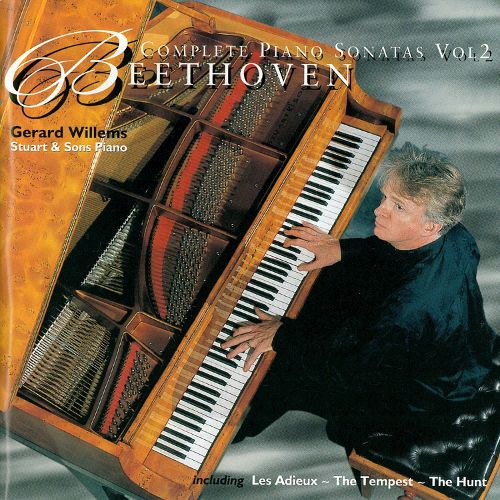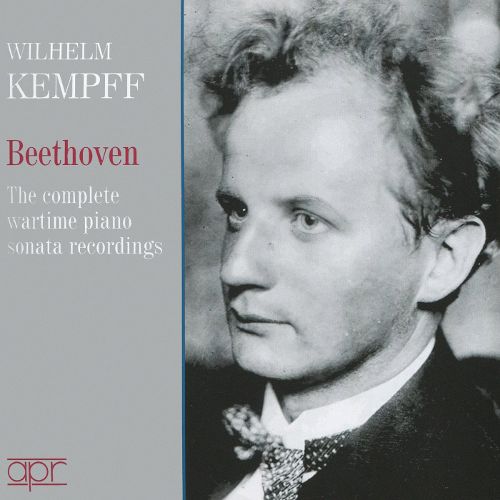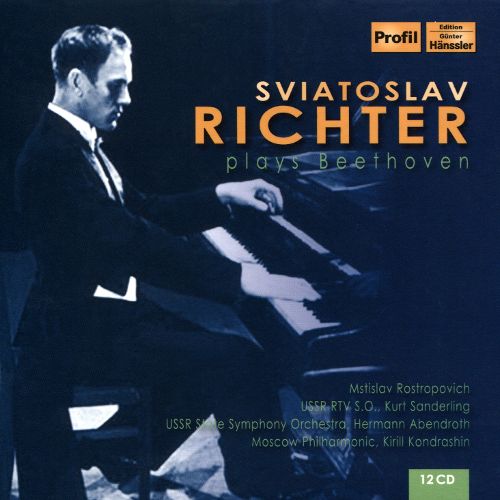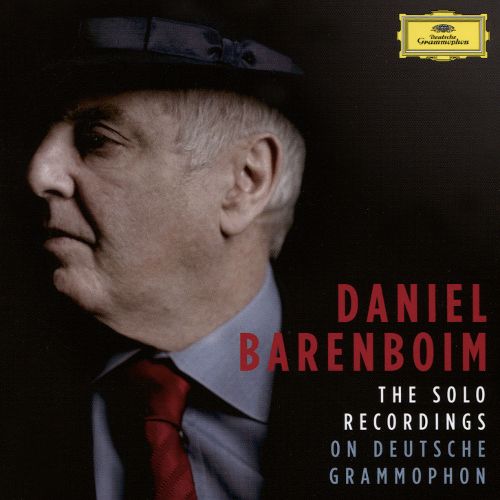Ludwig van Beethoven (루트비히 판 베토벤)
Piano Sonata No. 18 in E flat major, Op. 31/3 "Hunt"
100
10,000
1,400
WORK INFO
작곡가: Ludwig van Beethoven (루트비히 판 베토벤)작곡년도: 1802평균연주: 22:55악장1Allegro8:172[Scherzo] Allegretto vivace4:563Menuetto. Moderato e grazioso4:214Presto con fuoco4:36The Piano Sonata No. 18 in E♭ major, Op. 31, No. 3, is a sonata for solo piano by Ludwig van Beethoven, the third and last of his Op. 31 piano sonatas. The work dates from 1802. A playful jocularity is maintained throughout the piece, earning it the occasional nickname of The Hunt, although like many of Beethoven's early works, the 'jocular' style can be heard as a facade, concealing profound ideas and depths of emotion. Roger Kamien has performed a Schenkerian analysis of facets of chords of the sonata. The sonata consists of four movements:The form of the entire sonata is unusual because it does not have a slow movement.
- Allegro: Beethoven's progressive harmonic language is apparent from the very first chord of the piece (); the stability of a tonic chord in root position is delayed until bar 8. The expressive harmonic colour, coupled with the changes of tempi in the introduction (1-18), creates an evocative opening, reminiscent of the improvisatory style of C. P. E. Bach's piano sonatas. This opening cell is repeated extensively throughout the movement - at the start of the development (89), in the recapitulation (137), and also during the coda (transposed into the subdominant A♭ (220), and then at its original pitch (237)). The codetta (33-45) explores the opening chord, but in a minor variation (with a C♭, implying ii of E♭ minor), even appearing in bar 36 in the exact spacing (albeit with different spelling) of the 'Tristan chord', written by Richard Wagner some 55 years later.
- Scherzo. Allegretto vivace: This scherzo is different from regular scherzos, as it is written in 2/4 time as opposed to 3/4, and because it is in sonata form rather than ternary form. This wasn't the first time Beethoven wrote a scherzo that wasn't in ternary form; the Op. 14, No. 2 sonata has a scherzo, in rondo form, as its third movement. However, this movement still contains many characteristics of a scherzo, including unexpected pauses and a playful nature. The theme is in the right hand while the left hand contains staccato accompaniment.
- Menuetto. Moderato e grazioso: It is the most serious of the movements, with a sweet and tender nature presented in the piece. Both the minuet and the trio are presented in E♭ major.
- Presto con fuoco: A very vigorous and rolling piece suspended by continuous, rollicking eighth notes in the bass.
Adaptations
- Camille Saint-Saëns used the Trio section of the Menuetto as the theme for his 1874 Variations sur un thème de Beethoven, Op. 35, for two pianos.
References
- ^ Kamien, Roger (Summer 1998). "Non-Tonic Settings of the Primary Tone in Beethoven Piano Sonatas". The Journal of Musicology 16 (3): 379–393. doi:10.1525/jm.1998.16.3.03a00060. JSTOR 763997.
- ^ Harding, Henry Alfred (1901). Analysis of form in Beethoven's sonatas. Novello. p. 37.
From WIKIPEDIA
RELEASED ALBUMS
-
Beethoven: Piano Sonatas Nos. 18, 19, 20, 30 & 31May 5, 2023
-
Beethoven: Piano Sonatas op. 27/2 "Moonlight", Op. 31/3; Albumblatt "Für Elise" [Bella Davidovich: Complete Philips Recordings, Vol. 1]August 19, 2022
-
Beethoven: Piano Sonatas Op. 31January 7, 2022
-
Beethoven: Complete Piano Sonatas Live from Salzburg FestivalOctober 8, 2021
-
In Search of New Paths Beethoven: Piano Sonatas Nos. 8-18October 1, 2021
-
Friedrich Gulda speilt Beethoven sämtliche KlaviersonatenJuly 23, 2021
-
Beethoven 4 Kids…, Vol. 2May 7, 2021
-
Ludwig van Beethoven: Complete Piano Sonatas; Diabelli VariationsDecember 25, 2020
-
Beethoven: Complete Piano Sonatas 1-32October 2, 2020
-
Beethoven: Complete Piano Sonatas, Vol. 2September 18, 2020
-
Beethoven: Piano SonatasAugust 14, 2020
-
Franck, Bach, Beethoven, Prokofiev, RückschloßJuly 24, 2020
-
Beethoven 4 KidsJune 5, 2020
-
Beethoven: The Complete Piano SonatasMarch 20, 2020
-
Beethoven: Ein neuer Weg. Piano sonatas Op. 31, Variations Opp. 34 & 35March 13, 2020
-
Beethoven: 32 SonatasFebruary 14, 2020
-
Ludwig van Beethoven: The Complete Piano Sonatas played on Period InstrumentsFebruary 7, 2020
-
Beethoven: Complete Piano SonatasJanuary 31, 2020
-
Beethoven: Piano Sonatas Nos. 15 "Pastoral", 16, 17 "Tempest" & 18January 17, 2020
-
Beethoven: Piano Sonatas, Vol. 9 - Nos. 7, 18 & 32November 1, 2019
-
Beethoven: Piano Sonatas No. 23 'Appassionata', No. 18, No. 6; Rondo in C majorNovember 1, 2019
-
Beethoven: Piano Sonatas Nos. 18, 26, 27, 30January 8, 2019
-
The Liszt recordings & HMV & Electrola electrical recordingsSeptember 14, 2018
-
Bach, Liszt, Beethoven, SchumannMay 18, 2018
-
Beethoven UnboundApril 6, 2018
-
Beethoven: Complete Piano SonatasFebruary 2, 2018
-
Beethoven: Complete Piano Sonatas, Vol. 2January 17, 2018
-
Beethoven: The Complete Wartime Piano Sonata RecordingsNovember 17, 2017
-
Sviatoslav Richter Plays BeethovenSeptember 1, 2017
-
The Solo Recordings on Deutsche GrammophonAugust 25, 2017
FEATURED MOVIES
-
 22:25베토벤: 피아노 소나타 18번 E flat장조, Op. 31/3 "사냥"
22:25베토벤: 피아노 소나타 18번 E flat장조, Op. 31/3 "사냥" -
 22:55베토벤: 피아노 소나타 18번 E flat장조, Op. 31/3 "사냥"
22:55베토벤: 피아노 소나타 18번 E flat장조, Op. 31/3 "사냥" -
 08:35베토벤: 피아노 소나타 18번 E flat장조, Op. 31/3 "사냥" 1. Allegro
08:35베토벤: 피아노 소나타 18번 E flat장조, Op. 31/3 "사냥" 1. Allegro
ALBUM MUSIC
WORKS SHOUTS


